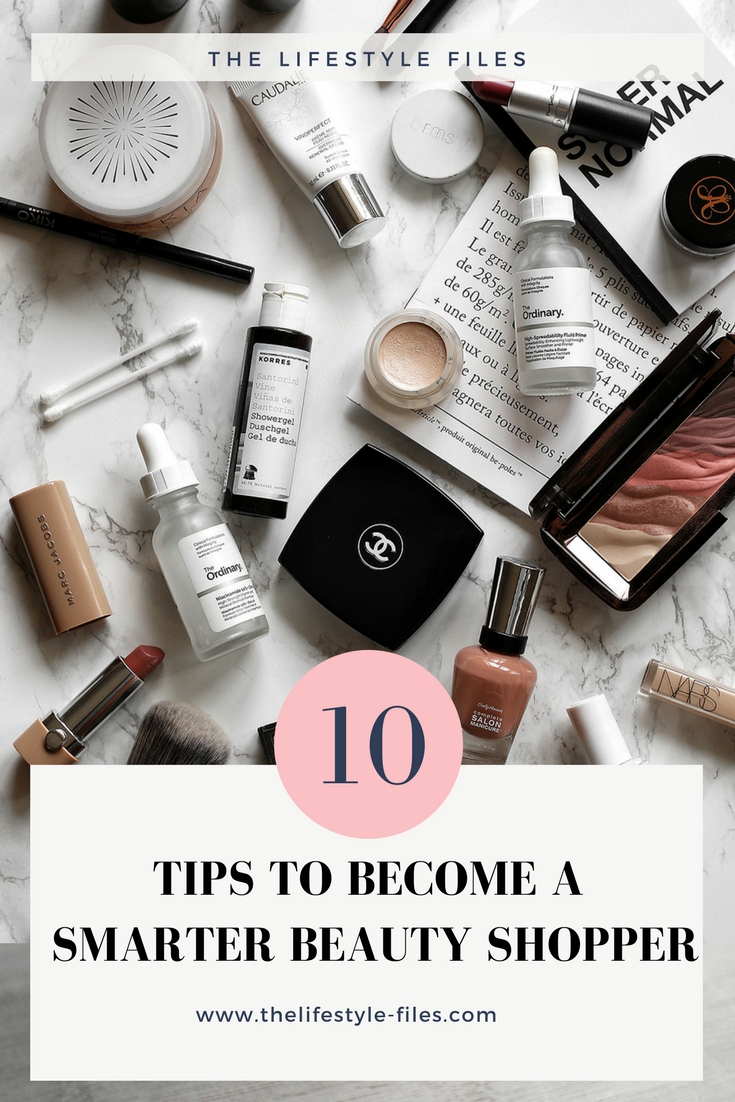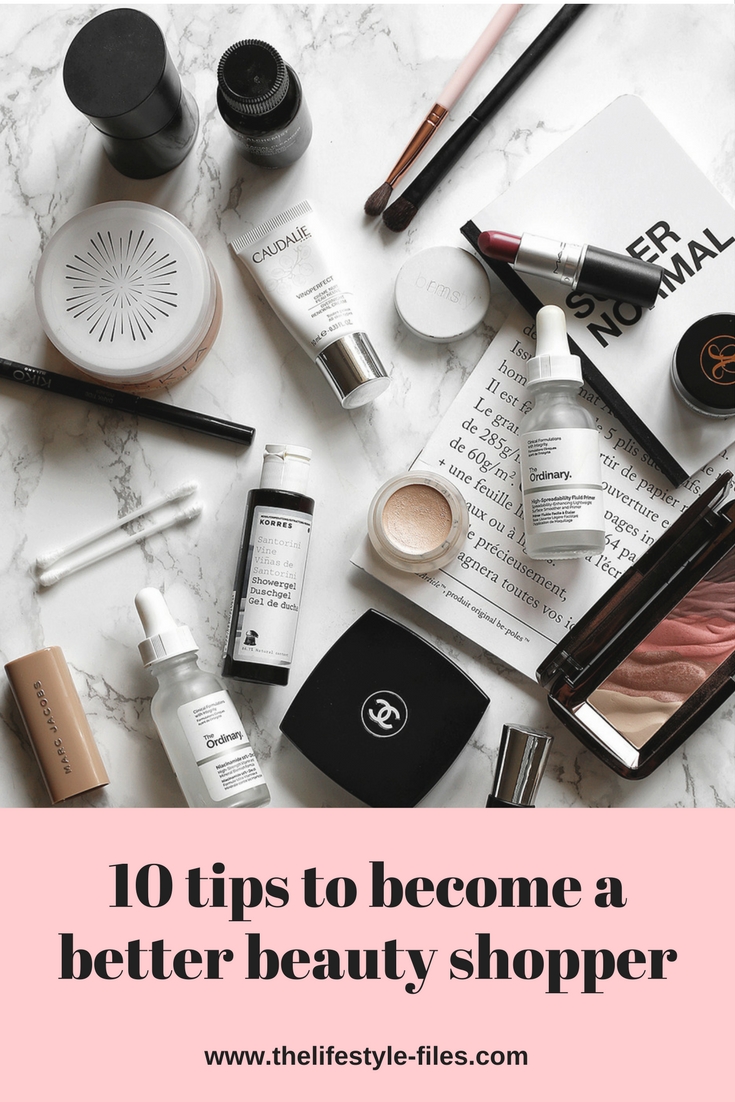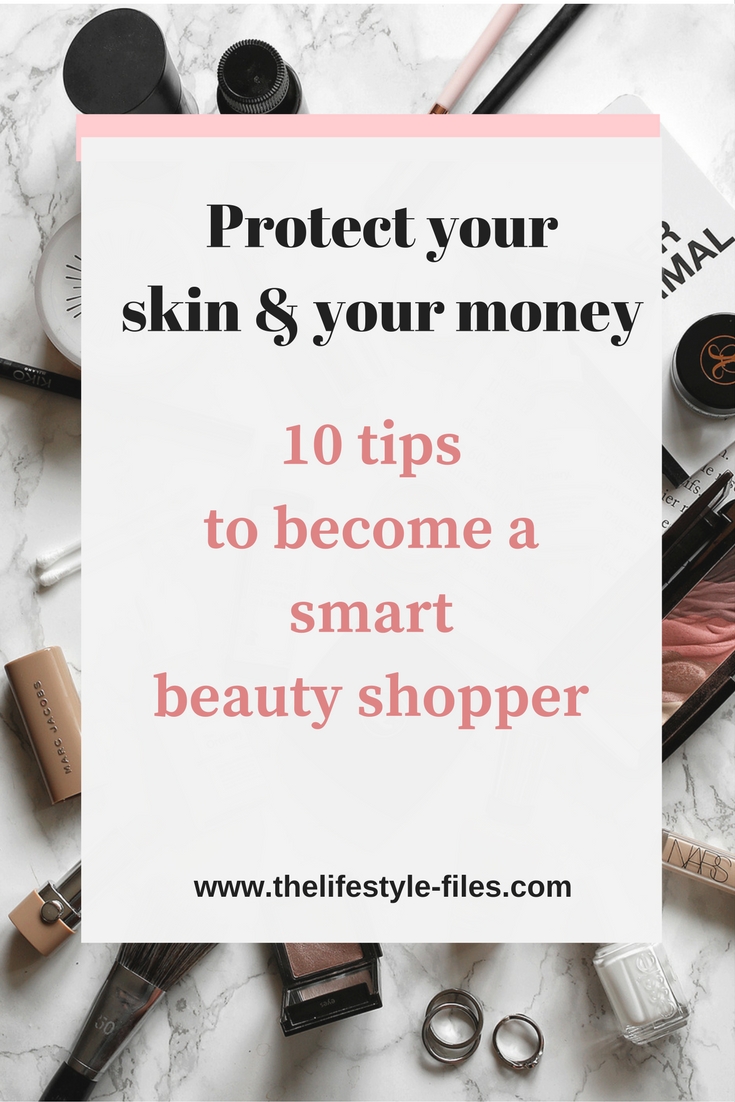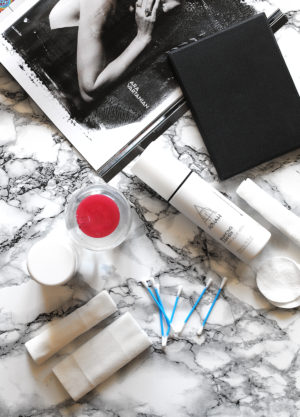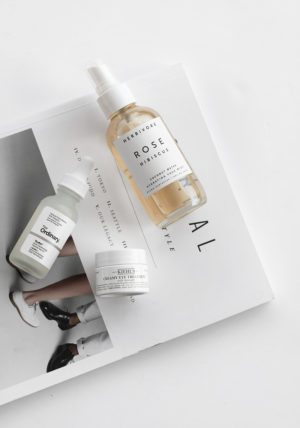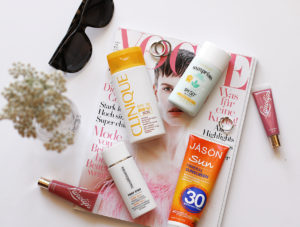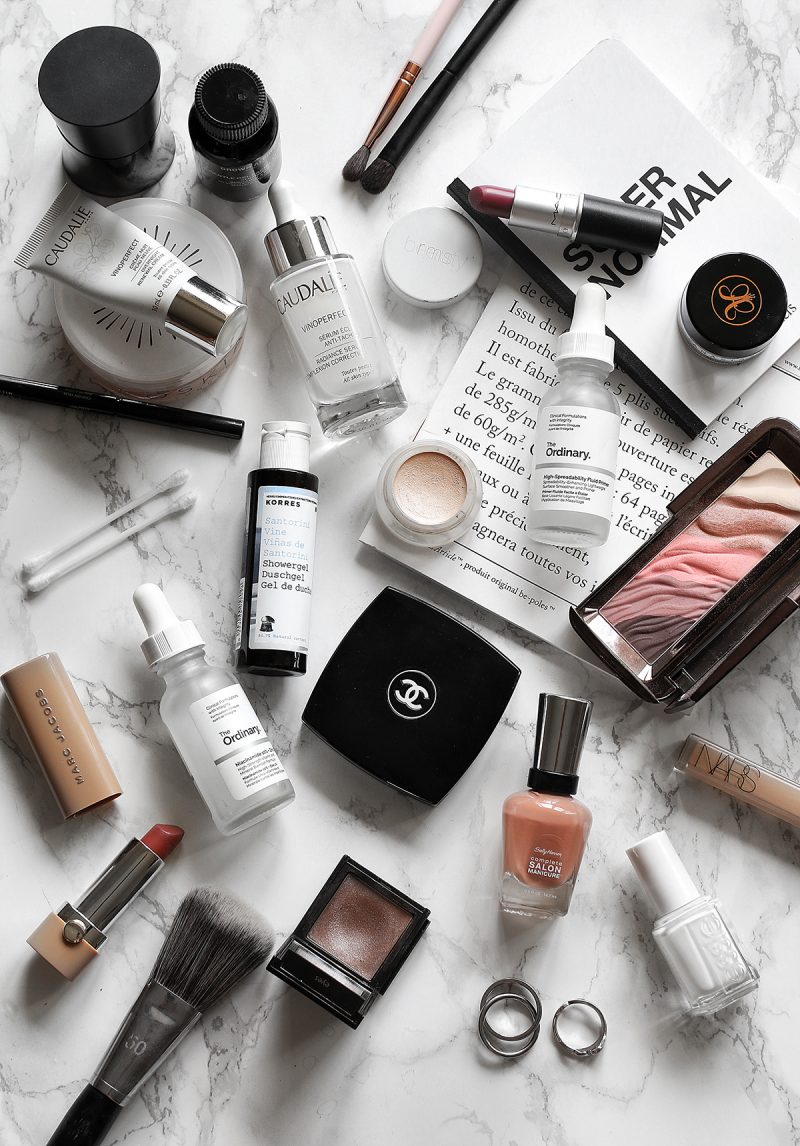
Buy less and buy better – these are my 2 most important principles when it comes to shopping.
Now, I’m not saying I’m 100% successful when it comes to less beauty shopping – I’ve always been open about this being one of my weaknesses and an area I really need to work on. Despite this (or, rather because of this?), I’m really passionate about smart beauty shopping and a passionate advocate of really researching where we spend our money.
Maybe because I feel this is one industry that often takes advantage of consumers, and women especially.
I love skin care and beauty. I think there’s nothing wrong or vain about us caring about the way we look, the way we feel in our skin. For me, it’s an important area of self care. However, there is a huge difference between treating our skin, accentuating our own beauty, and buying gorgeours products as opposed to being manipulated into spending $150 on a serum just to avoid looking “old”.
Most of us could probably benefit from a smarter and more minimalist beauty shopping approach. So, these are the things you should pay attention to in order to protect your skin and your wallet.
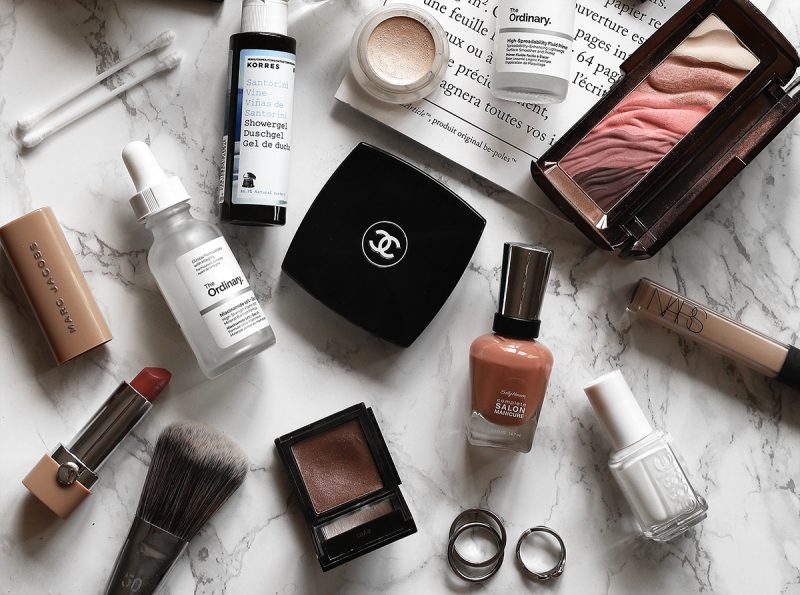
10 tips to become a smarter beauty shopper
Behind the clever language of beauty marketing
As a general rule, do not believe marketing claims.
Here’s the thing. Beauty advertising is regulated in some ways. Most importantly, there’s a dividing line between cosmetics and drugs claims.
According to the FDA, a cosmetics product is anything “intended to be rubbed, poured, sprinkled, or sprayed on, introduced into, or otherwise applied to the human body… for cleansing, beautifying, promoting attractiveness, or altering the appearance.” A drug, on the other hand, is “intended to affect the structure of any function of the body of man or other animals.” So, a beauty product, according to the rules, cannot say that it increases collagen production, because that would be the alteration of a fundamental body function. In 2014, L’Oréal had to settle with the FDA, because they claimed their Génifique were “clinically proven” to boost gene activity and stimulate the production of youth proteins. That’s a big NO to the FDA. And that’s the main reason why companies try to navigate the fine line between drug-claims and attractive ad slogans. But when you see “younger looking skin” or “skin soft to the touch” know that these are just marketing claims, with no scientific proof behind them.
A 2015 study examined 289 full-page cosmetics ads from women’s magazines, like Vogue and Glamour. Only 18% of them were deemed acceptable. Almost half of the brands reviewed actually made false scientific or subjective claims. Here are a couple of popular ad claims:
+ Clinically/scientifically tested or proven: This doesn’t mean anything, if there’s no standard regulating clinical trials. A product can be tested on 10 people or 1000, over a week or 6 months, with or without a control group etc.
+ Patented formula: A formula can be patented if the mixture of ingredients and/or the technology are deemed special or new, however that doesn’t guarantee that the results are proven as well.
+ Experts or dermatologists recommend: For free? Or is it in exchange for a hefty endorsement fee?
Repeat it: the image is fake
A picture says a 1000 words, but in many cases, those are lies. There is virtually no ad image that hasn’t been digitally altered at one point. Skin is photoshopped, the lights are professional, lashes are enhanced, there are extensions in that beautiful mane of hair. But most people do not realize this and as a result cultivate high expectations of product results – not to mention the desire for an incredibly unrealistic body image. I know we would all like to believe the magic powers of a product, but we must retain a healthy dose of skepticism as well.
Always, always research
The first and most important step before you buy anything. Read the reviews, know your skin, do not just believe the hype.
Start with the basics of the ingredient list
The most important thing to look out for in the ingredient list: Order. Ingredients are listed on product labels in descending order with the highest quantities at the top of the list. If the key ingredient is not among the first few in the list, it probably won’t be very effective. See some other tips on how to make sense of an ingredient list and what to look out for.
Don’t forget the packaging
The best packaging for most beauty products are tubes, pumps, and air-tight, dark bottles. Anything that is frequently in contact with air (like jars) and your fingers, is more prone to contamination and spreading of bacteria. If you use a jar, you can use a small spoon as well to get out the cream and minimize contamination . In some cases, the packaging is even more essential. Most forms of vitamin C are highly unstable and any kind of exposure to light and air will quickly make it lose its effectiveness.
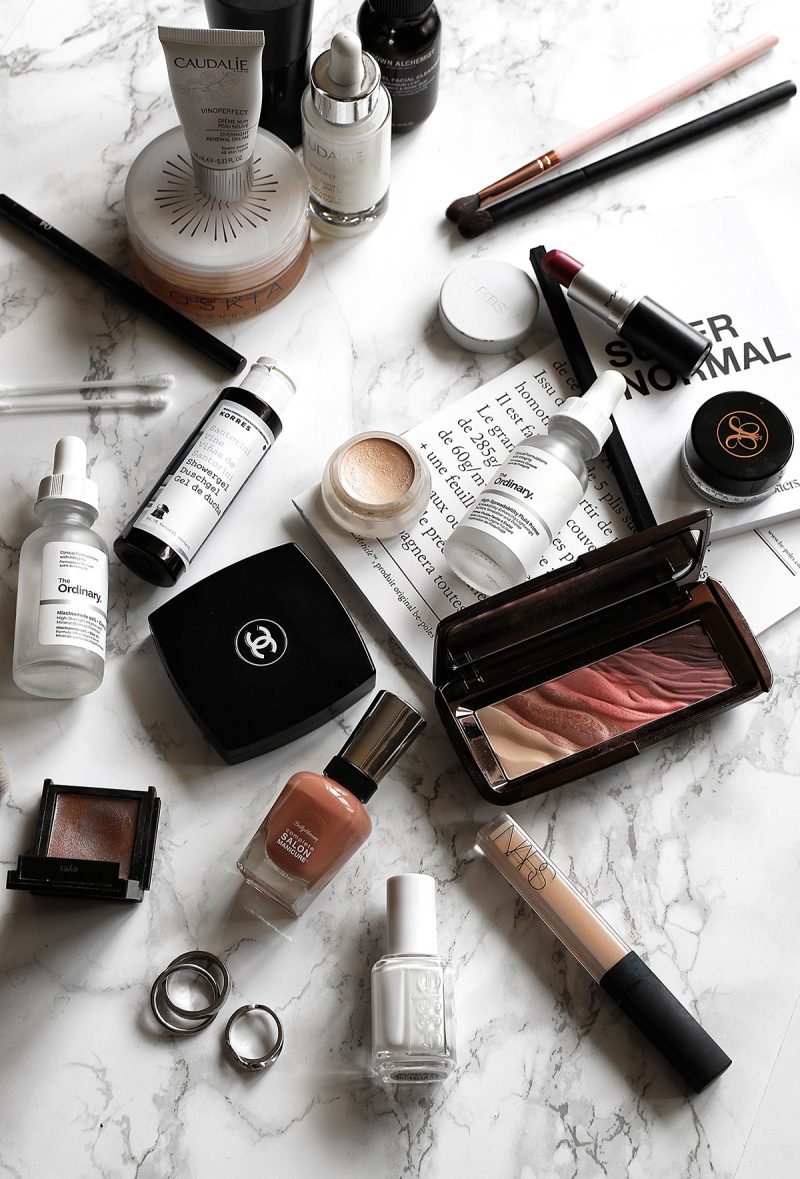
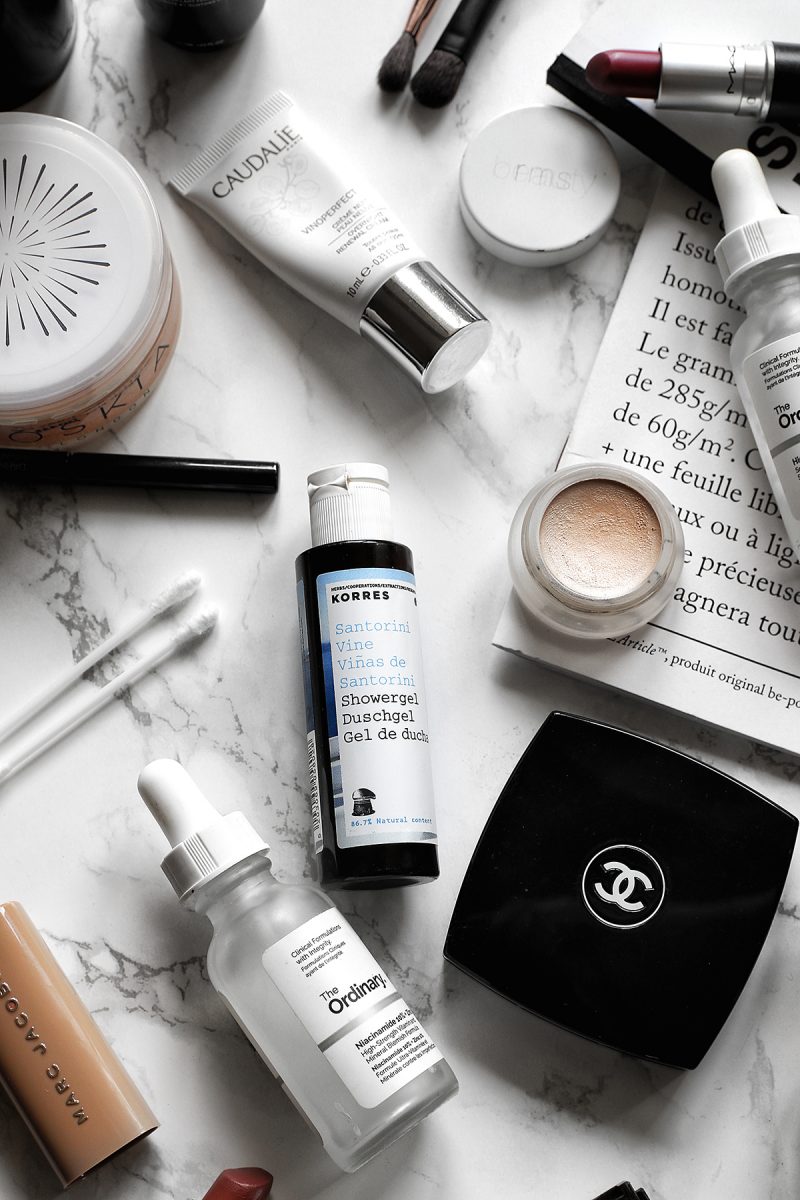
Get a sample
There’s a lot of things that could go wrong with a beauty product. My skin is not particularly sensitive, I’m not aware of any allergies, and despite this, I had bad reactions to one or two products in the past. A lot of beauty counters and shops offer sample sizes of cosmetics, you just have to ask. It’s so worth testing the products first, especially if you’re looking to invest a little bit more money.
Translate the INCI list
I usually use the CosDNA analyze cosmetics feature to learn more about the individual ingredients. You can search for various products or copy the whole ingredient list and learn more about potential irritants and the function of the ingredients.
Look out for online deals
While the beauty industry does not really have a sales season, there are ways to get your favorite products cheaper. No, not eBay – often they are fake products, so be very cautious and make a lot of research if you order from there. More reliable retailers, like Lookfantastic, Beauty Bay, Feelunique, and HQhair are usually 5-10% cheaper than major department stores. They frequently have e-mail exclusive discounts of an additional 10-15% and sales. Even with exclusions, there’s a chance you’ll get at least a couple of brands cheaper. (My experience is that Lookfantastic has the best deals).
Take it back if it doesn’t work
A lot of beauty stores, like Sephora, have a return and refund policy. Of course, no one should ever take advantage of this, but if something is really not working for you, do take it back. Get the money back, do not let it go to waste. The refund policy is there for a reason.
And less is usually probably more
Do I really need this is a question that never ever should be forgotten. And the answer must always be honest. Hoarding is never good, but is particularly bad with beauty products, because they either expire or don’t get a chance to work properly (results often take weeks of continuous use).
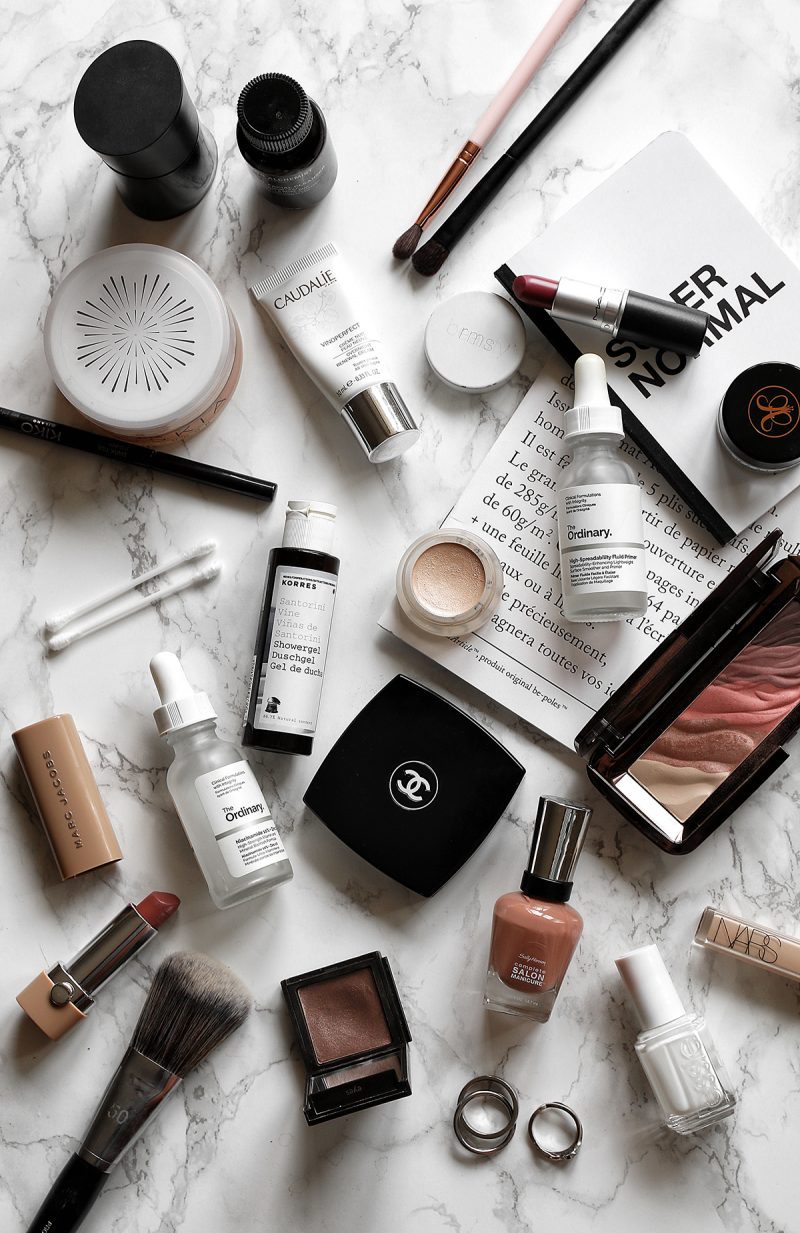
What are your smart beauty shopping tips?

